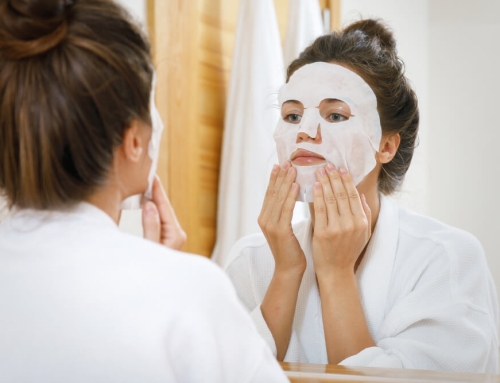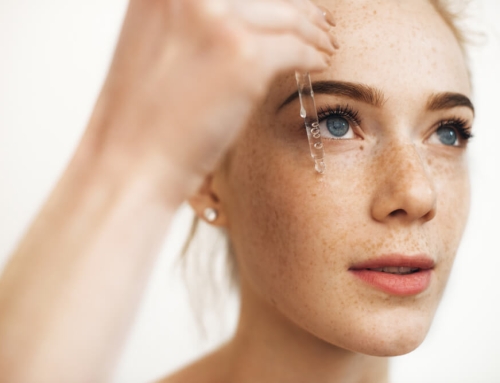The damage that the sun can cause to your skin, as well as the rest of your body, is widely documented, and one of the best ways to prevent this is by being diligent when it comes to your use of sunscreen. However, the many different products on the market does make it hard to differentiate between each, so here is a quick guide on exactly how you should go about choosing the right sunblock.
SPF 30 or Higher
The different SPF numbers can often seem quite confusing, and while a higher SPF number does mean increased protection, this does not rise in parallel to the SPF number. A sunscreen that is SPF 15 will filter out around 93% of UVB rays, while an SPF 30 product will protect you from around 97%. The highest that you will find will be around SPF 100, which will protect you from about 99% of UVB rays, meaning that you need to keep in mind that sunscreen alone is not adequate protection from the sun, no matter which one you may choose.
UVA Protection
As you may have noticed from the above paragraph, the SPF rating only refers to protection against UVB rays, as there is not actually a rating system for UVA rays. While a broad spectrum sunscreen does protect against UVA to some degree, taking note of the ingredients used will give you a better clue as to the level of protection. Ingredients such as ecamsule, avobenzone, zinc oxide and titanium dioxide are key, so make sure that the sunscreen you end up choosing contains at least one of these.

Water Resistant
While a water resistant sunscreen is always useful, it is important to remember that this does not mean waterproof, as no sunscreen is capable of being waterproof. If water resistance is an important quality for you, check the label to see whether this lasts for 40 minutes or 80 minutes, and keep in mind that you need to be continually reapplying your sunscreen if you are getting wet, even just from sweating.
Broad Spectrum
While UVB rays are the most common cause of sunburns and skin cancers, UVA rays also contribute to this to quite an extent, as well as dramatically accelerating the aging process. The only way to ensure that your sunblock will protect against both UVA as well as UVB is by choosing a broad spectrum one, as this means that it would have had to undergo a test to guarantee its effectiveness.
Sunscreen for Your Skin Type
In addition to each of these factors, you should also keep your skin type in mind when choosing a sunscreen. Chemicals can irritate children’s delicate skin, so physical sunscreens, which are those containing zinc oxide and titanium dioxide, are usually the best bet. For those with sensitive skin, stick to a sunscreen that does not contain fragrances or preservatives, while those with dry skin would really benefit from a moisturizing sunscreen.
Choosing the right sunblock can be tricky, as there are definitely certain things that you do need to know beforehand. From the meaning of SPF to protection from UVA rays, be sure to keep each of these tips in mind the next time you are choosing a sunscreen.










